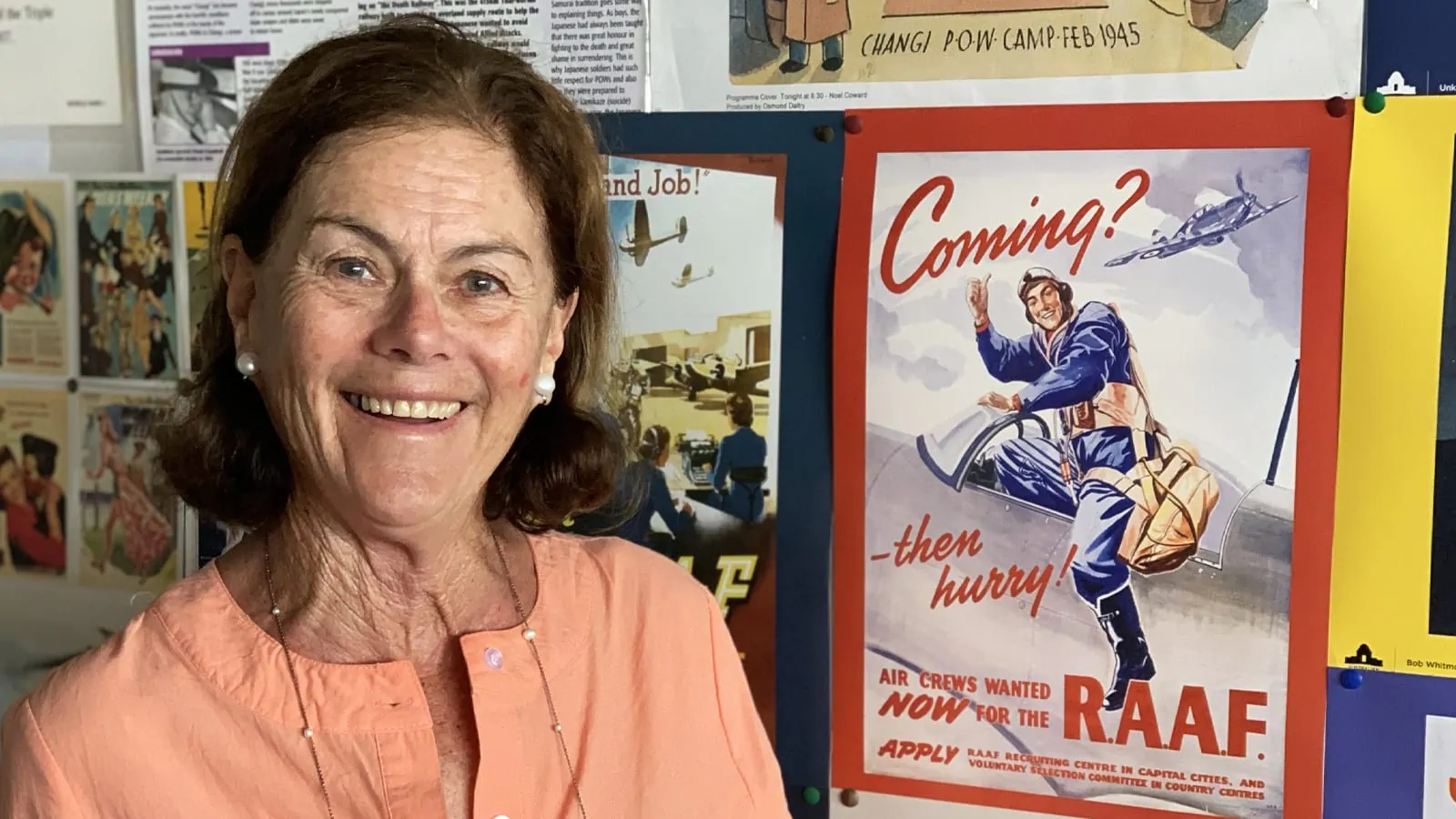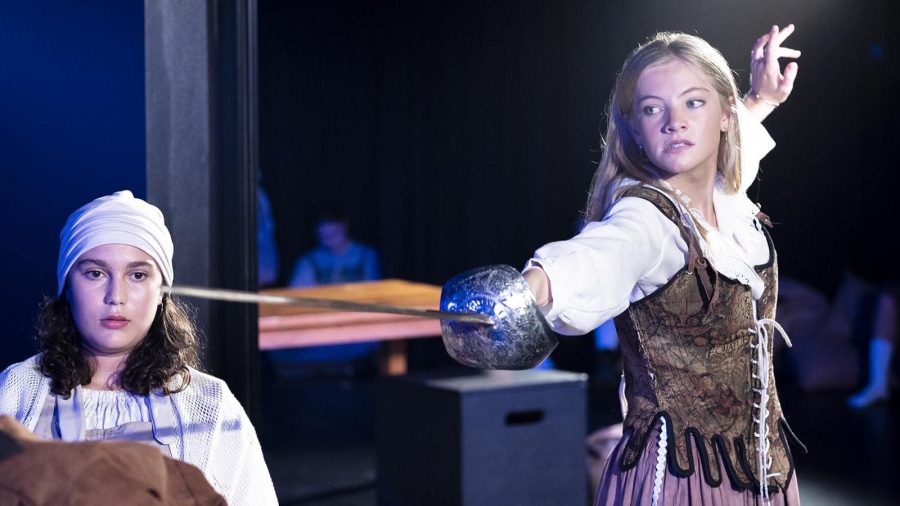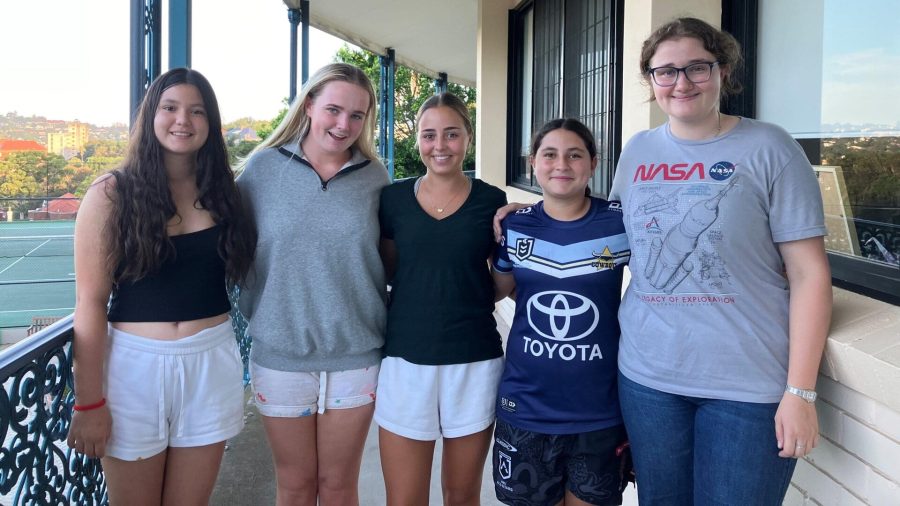Many decades ago while reading for a post-graduate degree in education, I came across references to individualised instruction and contract learning. Curiosity led me to further research the Dalton Plan and then its implementation at Ascham School. As a result, I was excited to find a position at the School, teaching Economics and History—my favourite subjects at school and university. At that time the Dalton Assignment was roughly a three-page document, handwritten by teachers and later typed to be stencilled by a member of the Administration staff; it included a few references possibly from a textbook or one or two books held in the School Library. How things have changed! The Assignment is now an online document that scrolls for pages and has links, at a quick click, to articles and references held by global universities and other institutions.
As the years progressed, I was involved in running staff workshops as part of the professional development program. These were called Dalton Seminars, and more colloquially Salmonars, for Headmistress Rowena Danziger always provided dinner for us afterwards and this was quite often salmon. We discussed all aspects of the Dalton Plan: the history of Helen Parkhurst and her development of the laboratory plan, the introduction of the Dalton Plan to Ascham by Miss Bailey. We shared information across Senior School faculties on how to run and refine Studies, Assignment writing and the structure and presentation of Lessons. This was a time when the School worked to present Assignments that incorporated study skills, with a structure that was more uniform across faculties, so students readily interpret and begin work on tasks even if they or their teachers had been absent. These were great opportunities to meet with and learn from colleagues in different faculties.
A great opportunity was given to me in 2002 to run my Long Service Leave into visits to Dalton schools in different parts of the world, and see the differences in the ways in which the Dalton Plan was implemented. In New York, at the original Dalton School, students would sign up for a Study with their teacher and this would take place in the faculty staffroom. It certainly gave students the opportunity to gain help from their teachers if they needed advice on the writing of history essays for example, although this lacked the flexibility of Ascham where students could more frequently work with their teachers as they needed. In The Netherlands, I visited a primary school in Utrecht where Roel Röhner (who visited Ascham in October this year) was principal. There, students could write down their questions, insert them into a slot and wait until their turn came up—an interesting approach to managing the huge number of queries that might come up in Studies and surprisingly, many students had sorted out the answers before their turn came up. In the Czech Republic, I also visited a primary school, where the morning was given to Lessons and the afternoon to Studies. This was similar to the structure Miss Bailey had used in the early days of Dalton at Ascham, in a time when there was much less to fit into a day’s curriculum.
It is perhaps the triangular interrelationships of the Dalton Plan that exemplify the Dalton difference. Lessons allow for the instruction and explanation of content, concepts and skills, while Studies enable students to consolidate their understanding of what has been presented in Lessons and possibly ask about further implications or implementation of the introduced concepts. The effectiveness of the teaching and learning in Lessons and Studies is then reflected in the quality of the written Assignments that students submit on Tuesday mornings. If it seems that many students struggle with a particular concept, which shows up in the marking of an Assignment, this can be addressed by doing corrections or going back to the Lesson or Study and re-teaching the concept that students did not adequately understand. These interrelationships of Lessons, Studies, Assignments and doing corrections, outline, support and assess the teaching practice and the learning of students. A great benefit for teachers in this model is having the same classroom where all of the teaching resources needed for Lessons, Studies and Assignments—and especially the teacher—are available in the one location.
Essentially it is the Study that is the most important of the Dalton differences, as it enables so many aspects of the learning experience to occur. From many conferences and articles, one can learn of the benefits of vertical integration in education. This takes place in a Study where students from Years 7 to 12 can be in the same room at the same time and learn from the experience of seeing and hearing older students ask about difficult concepts and happily ask ‘what if?’ questions, knowing that all queries can be addressed. At some time, a form of peer teaching can occur as older students take on the task of working with Junior students; this can provide a source of inspiration, example and even wonderment for those younger students. Studies can be very varied: they may be one-on-one explanations and teaching, providing the opportunity for spontaneous small group work, or may even take the form of an extra class if a large number of students from the same course sign in at the same time. As others have written, the conversations in Studies are not always about academic questions and allow close contact to be made where needed, to help students work through emotional, social, and more generally life, discussions. It is perhaps because of Studies I enjoyed teaching at Ascham for such a long time.
Jill Lumsdaine | History Teacher (1976–2022)



